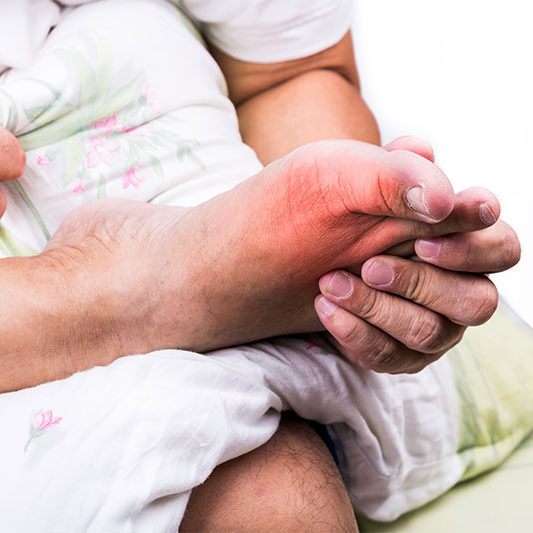CPPD Disease or Pseudogout
Calcium pyrophosphate deposition disease or pseudogout is due to crystals of calcium pyrophosphate salt that developed inside the cartilage being released into the lining of the joint and triggering severe inflammation. It is similar to gout in the pattern and severity of the joint swelling. Attacks can last for days to weeks, often after injury or overuse of a joint. Eventually it can become chronic inflammation and cause joint destruction. Usually we do not know why the crystals build up in the cartilage, but may be due to excess iron, low magnesium, overactive parathyroid disease, or severe hypothyroidism. It is more common with aging, 3% of people in their 60s and 50% of people in their 90s. Diagnosis can require using a needle to remove fluid from the joint, x-rays and blood tests. Treatment for attacks can include NSAIDs and cortisone injections or pills and might require physical or occupational therapy. Prevention of recurrent attacks can include NSAIDs, Plaquenil, Methotrexate and Kineret. The crystals cannot be removed from the cartilage, and surgery is for repairing and replacing damaged joints.
